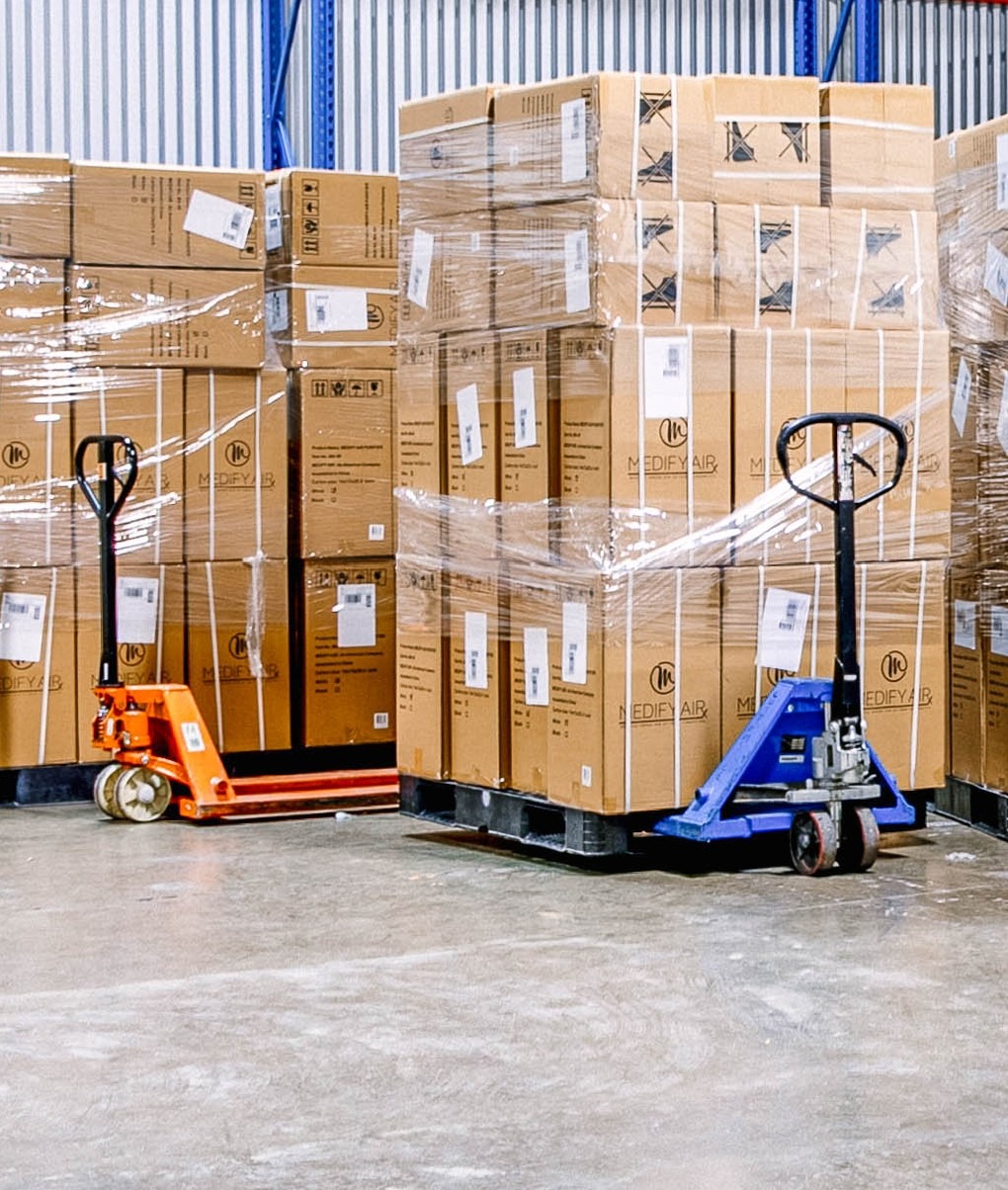A shared warehouse (also known as a multi-client or public warehouse) is a single warehouse that operates as a distribution center supporting multiple businesses. Sharing the costs of space, labor, and technology can help streamline your supply chain operations. This can mean having the ability to expand product offerings, improve shipping time, and test new markets for their business without having to spend additional money or time.
How does it compare to a dedicated warehouse?
A dedicated warehouse is a single warehouse building supporting a single business. This usually entails a multi-year contract and all the costs associated with running an entire warehouse.
Costs – With a dedicated warehouse you are fully responsible for the fixed costs of running the entire warehouse. This includes the lease for the building and workers you would need to hire to manage the warehouse, not to mention the extra work of researching warehouse locations and training for the staff. In a shared warehouse model, you only pay for the space and labor that you use, fees are usually calculated by the number of pallets stored or shipped and any added services you may need (pick and pack).
The main takeaway would be unless you have an extremely consistent supply chain you may lose money on dedicated warehousing during a slow month. If you have a dedicated warehouse and your sales slow down you have the same fixed monthly cost. Using a shared warehouse your costs can be variable by the amount of product stored and orders shipped out.
Commitment – Traditional warehousing space requires a much longer contract commitment when compared to shared warehouse space. Dedicated warehouses will usually require a multi-year contract for the entire building, whereas, a multi-client warehouse can offer much more flexibility (month-to-month in some cases).
Ecosystem – The only downside of using a shared warehouse is that you’re constrained by the warehouse management systems of the 3PL (third-party logistics) business running the warehouse. This won’t be an issue unless you have very complex supply chain needs, many share warehouses offer extremely feature-rich management systems.
Supply-Chain Benefits of Shared Warehouse Space
The e-commerce industry continues to grow, with no end in sight. Shared warehousing is becoming a popular solution for online retailers to compete with giants like Amazon or Walmart.
For example, a small independent e-commerce company can use multiple smaller shared warehouse spaces instead of a central dedicated warehouse to provide a consistent level of service across the country. The customers would receive an improved level of service in terms of delivery time + shipping cost and the business has the flexibility to test new markets, while saving money and time.
Cost-effective, low commitment, and flexibility for your business are the main draws of using shared warehousing for your business. ReadySpaces offers a unique hybrid between shared and dedicated warehouse space, by sharing the costs of warehousing with multiple tenants but offering a private, dedicated space.

